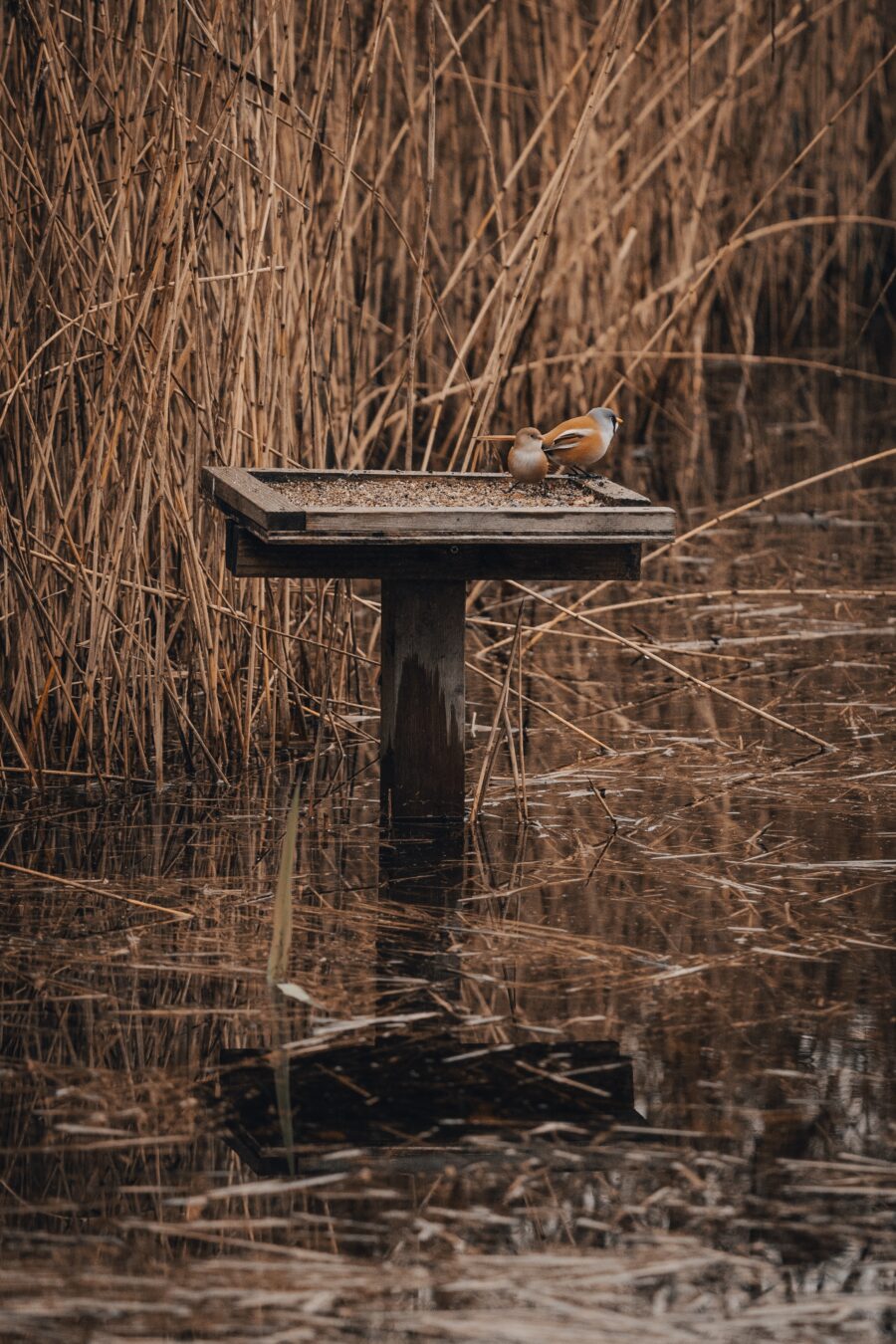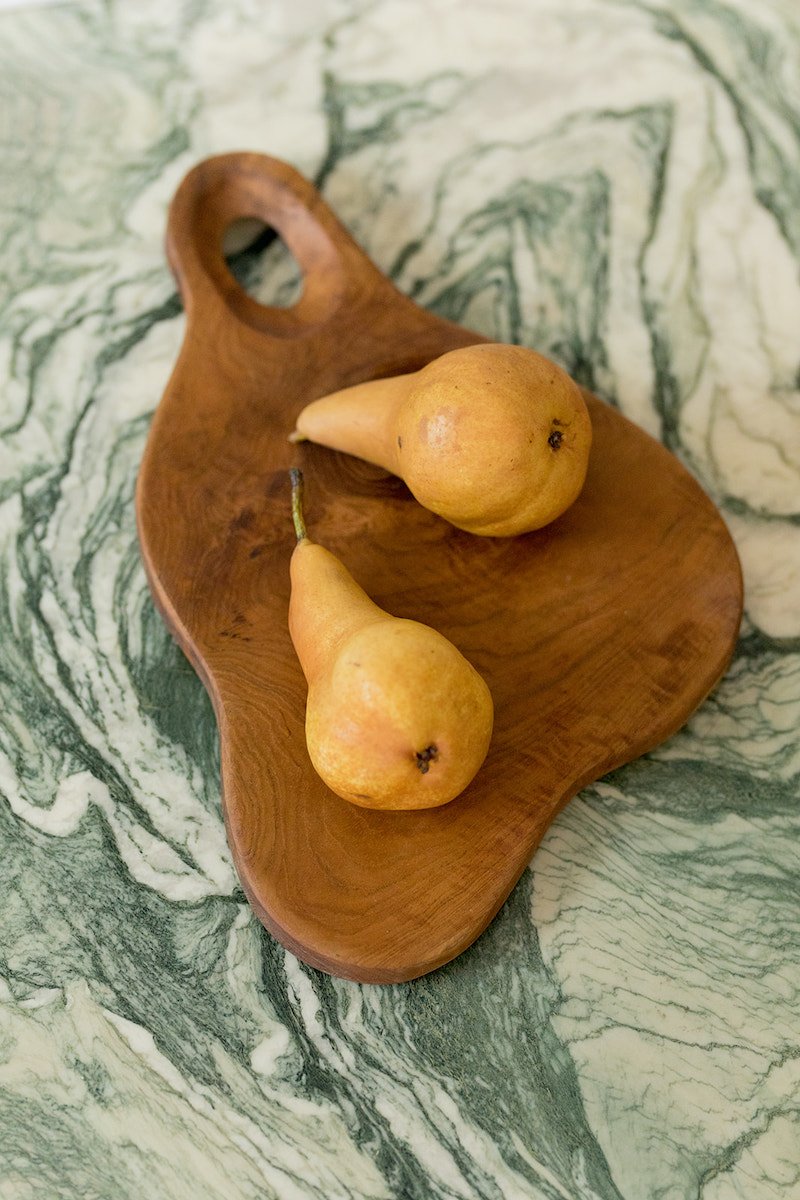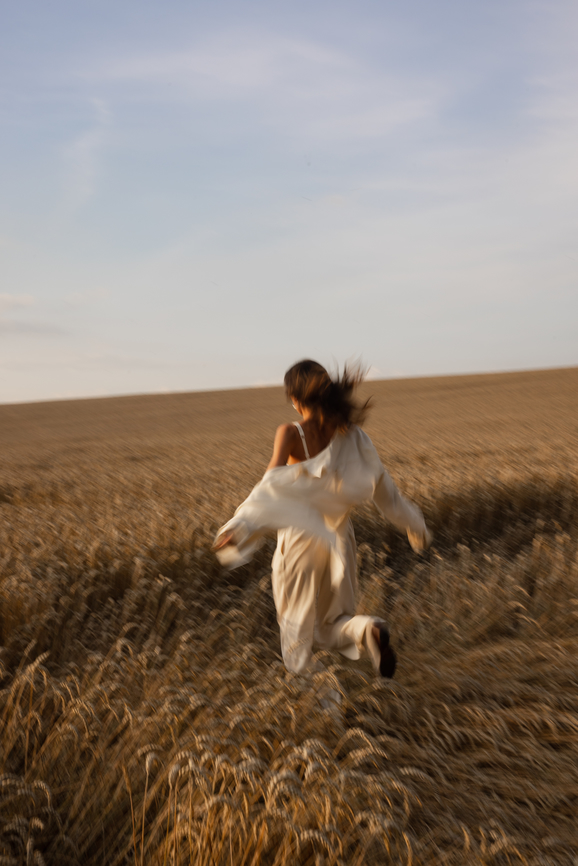
How To Start Birdwatching
Picking up a new hobby usually means an investment upfront—time, money, or usually both. We’re big fans of easy, affordable, screen-free hobbies, but not many require as few resources as bird watching. If you have eyes and ears, you don’t need anything else.
Birdwatching as a hobby surged during the pandemic as folks spent more time in nature—and had more time to kill in general. More hours spent looking out the window or going on walks led to more interest in bird watching, and the database app eBird reported a 37 percent increase in documented bird sightings in 2020.
“You can bird watch without leaving your home, and books on birding are free from the library.”
The hobby’s accessibility had led to its still-growing popularity. You can bird watch without leaving your home, and books on birding are free from the library. Most communities even have birding groups you can get involved in at no cost. Social media and more inclusive groups like the Feminist Bird Club and the In Color Birding Club have helped diversify a hobby that has historically skewed white and male.
As a bonus, birding is great for your mental health, too. It can help ease anxiety by engaging the brain in one straightforward task and spending time in nature has many proven health benefits, including reduced symptoms of depression and anxiety, improved sleep, and a reduced risk of cardiovascular diseases.
Where To Start Birding
“Birding is fantastic because you can do it just about anywhere,” says Nate Swick, author of The Beginner’s Guide to Birding, digital communications manager at the American Birding Association and host of the American Birding Podcast. But the best place for a beginner to start is by looking out the window or heading into the yard.
When you’re noticing the same birds each day, says Audrey DeRose-Wilson, director of bird conservation for Audubon Florida, you’ll quickly learn how to identify and distinguish between birds. “Making notes of these differences can help make identification much easier in other locations,” she says. If you have a yard, investing in a birdbath or bird feeder will help bring even more winged creatures into your space.
If you live in an urban area, DeRose-Wilson recommends checking out your nearby parks. Even the small ones can provide some pretty cool bird sightings, as urban parks are often “oases for migratory birds in spring and fall as well as year-round residents.” Of course, heading out to a larger nature preserve is great, too—you’ll better immerse yourself in your surroundings and search for new birds you haven’t seen in your immediate surroundings.
What Equipment Do You Need?
While all you really need to bird watch are your eyes, “Binoculars are a huge help,” says DeRose-Wilson, to help you identify birds without getting too close. While binoculars can get pretty pricey, you can still snag a quality pair from solid brands like Nikon or by searching secondhand with sites like Facebook Marketplace. Audubon has a handy guide for finding the right binoculars for you, depending on your price and preferred optics.
“When you’re heading out into nature, you’ll want to protect yourself with sunscreen, a hat, and bug spray.”
When you’re heading out into nature, you’ll want to protect yourself with sunscreen, a hat, and bug spray. (And pants, if you’re in a tick-prone area!) Swick recommends investing in a good pair of walking or hiking shoes if you don’t have any.
Swick adds that the one thing he “can’t go birding without” is his smartphone—birding apps can prove an invaluable resource, especially for a novice birder.
What Field Guides And Apps Should You Use?
Swick’s favorite birding apps are Merlin, which helps you ID birds that you’ve taken a photo or recording of, and eBird, which amalgamates users’ data to tell you where you’re most likely to spot certain birds. Both apps are by the Cornell Lab of Ornithology. DeRose-Wilson recommends Audubon’s free birding app, which helps you both identify species and track which birds you’ve seen.
“Swick recommends beginners grab a region-specific field guide.”
The American Birding Association has a great series of field guides specific to almost every American region. Swick recommends beginners grab a region-specific field guide like these, noting that a bigger, continent-level field guide can be a bit intimidating—there are almost 1,000 bird species in North America. “Prepare to be a little bit overwhelmed at first,” says Swick. “There are a lot of birds out there.”
How Can You Find A Community Of Bird Watchers?
Most major cities and towns have their own birding clubs or Audubon chapters you can check out to meet other birders—and finding these clubs is usually just a Google search away. Audubon alone has over 450 local chapters.
Swick says that local birding clubs are super welcoming and “they’re very friendly to beginners.” These clubs might have monthly meetings at a library or maybe weekly bird walks at a park—and experienced birders usually love imparting their knowledge to novices.
“The more you bird watch, the easier it gets.”
Swick also notes that the more you bird watch, the easier it gets. “Walk through the world open to everything you’re hearing and seeing,” he says, “and a lot of times, birds will reveal themselves to you in places that you least expect.”
Natalie Gale is a Boston-based freelance journalist. When she’s not writing about art, food, or sustainability, you can find her biking to the farmers’ market, baking, sewing, or planning her next Halloween costume. Say hi on Instagram!




